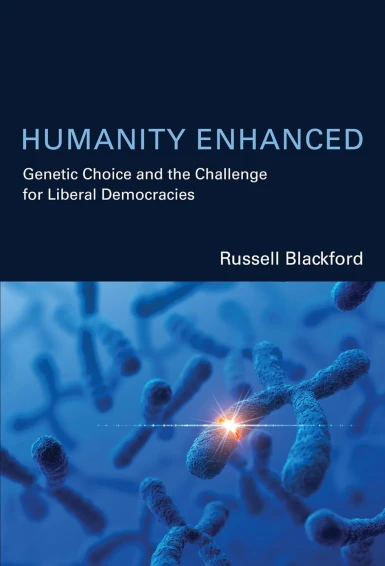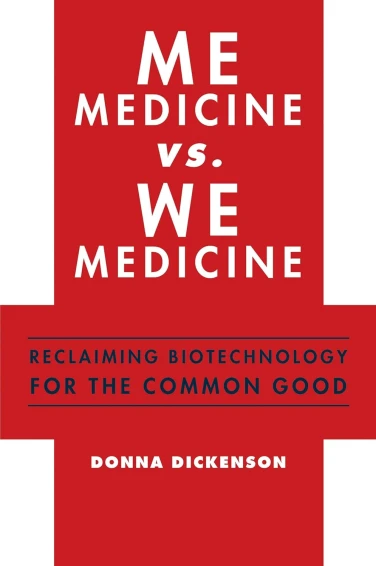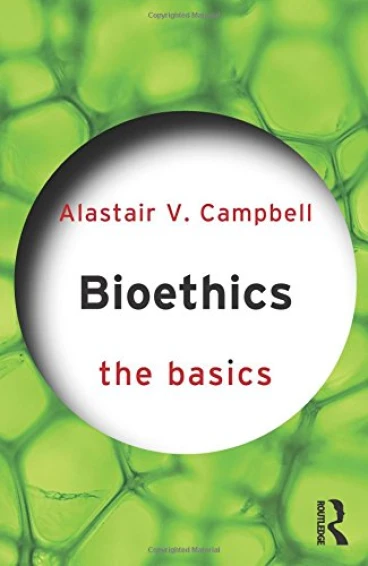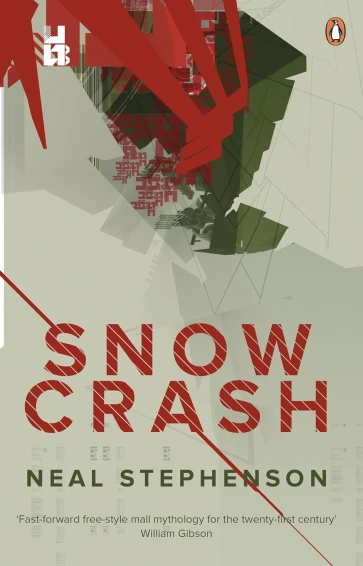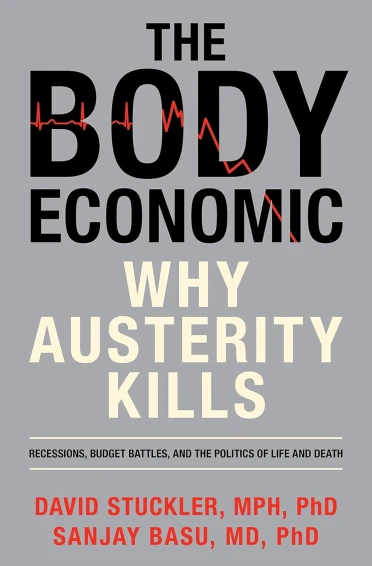
By Robert H. Carlson
Harvard University Press
Publication date: January 2010
ISBN 978-0-674-03544-7
RRP: £29.95
Dubbed by some as ‘biotechnology on steroids’ synthetic biology (or ‘SynBio’) presents what is undoubtedly one of the most ground breaking revolutions in the arena of biotechnology. For more than just increasing and deepening our understanding of biological systems, SynBio also promises to allow us to build brand new organisms. In other words, the science of biological systems has increased as has the technology which can be implemented in order to manipulate those systems. It is this idea that Robert H. Carlson establishes as the cornerstone of his new book Biology is Technology: The Promise, Peril and New Business of Engineering Life.
The book makes for a thoroughly engaging, informative and authoritative read. I found myself avidly turning the pages and consuming the perceptive insights afforded by Carlson’s obvious experience in the field of biotechnology and clear grasp of the implications and ramifications exhibited by synthetic biology. Noting the questions of promise and peril associated with these implications, Carlson makes the astute observation that biotechnology is subject both to unreasonable expectations and irrational fear, leading to a situation whereby practitioners and policy makers are placed in a context where they must balance the demands of the public to maximise the benefit of synbio whilst at the same time as minimising risk absolutely.
Structure
The book is made up of fourteen well written and lucid chapters. The book starts out by establishing what biology is and the key biological parts or ‘building blocks’ involved in biotechnology. The book then proceeds to look at the advent of synthetic biology what it is, where it has come from and what it promises to achieve. The promise and peril of these new technologies are then addressed before turning to look at the future and how innovation and regulation can coexist side by side as the technology develops.
The great value of the book lies in the author’s ability to establish key and novel concepts at the same time as tracking the latest developments and offering perspective on likely future trends. This in itself provides an invaluable resource to those wishing to be brought up to speed on SynBio et al. To my knowledge no other book is currently available which covers this kind of material. The very nature of the bioeconomy is one of constant evolution and will therefore mean that the book’s contents will more than likely become out of date. Yet the book does not become entirely obsolete. The commentary and predictions offered by Carlson will be of value both now and into the future for economist, scientist and philosopher alike.
Style
The author’s style is easy to follow which allows him to make potentially complicated biology understandable whilst not belittling the science. Whilst Carlson is clear to point out that the book is not intended to be a detailed scientific discussion of the biology involved, to omit even some basic explanation of the biology would have been a crucial mistake. The author avoids this error and offers succinct biological explanations (in most cases with appropriate diagrams) so as to allow the reader to grasp the scientific basis of the technology.
The book does not cover any detailed discussion of the ethical or social questions posed by advances in the bioeconomy. However areas are flagged for further consideration and any reader with an interest in ethical issues will no doubt have their interests piqued as they read through the book. Whilst the book’s main target audience may well be those involved and interested in biotechnology, biology, economy and future trends, it will still be of interest and invaluable use to those coming at it from a background in ethics, philosophy and social sciences. As the author points out multidisciplinary participation is required like never before and as such this book should garner broad based appeal. There did seem to be a few more typographical errors than are usually found in such books but this may be because I was reading a review copy. Hopefully these errors will not make it to the final print run.
What is perhaps missing and would have provided even more value to the book is discussion and critique of leading proponents and thinkers currently involved in this field of technology. Whilst references are made to experts in the field, comparing and contrasting the thoughts and predictions of Craig Venter and Drew Endy for example along with that of the author’s would make for an interesting read and further enrich the book’s contribution to the conversation.
Metaphors
Part of the book’s success in engaging the reader can be attributed to the use of metaphors and one in particular - the comparison with aeronautical engineering. The author posits that aeronautical engineers do not attempt to build aircraft with the complexity of an eagle but rather they succeed by reducing the complexity to eliminate all mechanisms which they are unable to understand and therefore unable to reproduce. For example, the Frenchman Louise-Pierre Mouillard studied the practical principles of flight rather than simply forging ahead and strapping an engine to a pair of wings. In like manner, in the context of biotechnology Carlson argues that “...it is only through learning how the parts work, and how they work together, that we will truly be able to produce engineered biological systems” (p.22).
Promise and peril
Addressing the promise and peril of biotechnology, Carlson sensitively handles discussion of the risks and associated challenges with care and attention and avoiding falling into the trap of scare mongering. Guaranteeing public health and safety is of prime importance and must be one of the key motivations of achieving the correct balance between promise and peril. It is the belief of Carlson that significant and rapid maturation of technologies is necessary in order to optimise this balance and seek to ensure potential threats are not actualised by addressing them before they become a problem. The author makes a compelling case for this using the example of SARS. The first original case of SARS was forensically traced back to November 2002, it was only in April 2004 before the first working mammalian vaccine was demonstrated; a full year after the height of the epidemic. Clearly the technological pace of development lagged behind the speed of the virus.
Regulation
In terms of regulation, Carlson is clear that he believes that this key issue is best addressed through partnership with innovation. Regulation needs to be carried out in such a way so as to counter mistakes in the lab and weapons created from biological components and ideally make threats irrelevant before they become a problem. Carlson clearly advocates a more interdependent, innovative and ‘open’ approach to regulation into the future. His reasoning and logic for this is clear to see and comprehend thereby bringing further value to the book. A government framework which essentially stifles commercial development of synthesis technology in the name of control will in fact retard research causing the development of the technology to be significantly impaired. New technologies call for new regulatory approaches as has been acknowledged and addressed extensively in the recent volume edited by Professor Roger Brownsword and Professor Karen Yeung Regulating Technologies [a review of which can be found here ]. Both Brownsword and Yeung would appear to agree with Carlson that if the full potential of new technologies such as synthetic biology and other forms of bioengineering are to be harnessed effectively then there is need for an urgent reframing of regulatory practices within the ‘new world’ we find ourselves in. However uncertain the future implications may be, this question needs to be engaged with sooner rather than later.
Open source biology versus Open biology
The issue of patents, intellectual property and open biology form a particularly engaging section of the book. In the spirit of previous work in this area, particularly that of Tapscott and Williams in Wikinomics, Carlson is quick to point out that the current patent system vastly prohibits innovation in this new world of the bioeconomy. His main argument is that the ‘Goliaths’ of the biotech economy are at a distinct advantage over the smaller ‘David’ start ups. These smaller enterprises if they are able to generate funding sufficient to cover the costs of developing their product simply do not have the necessary additional finance to get through the laborious and expensive process of filing a patent which will enable them to take it onto commercialisation. Paradoxically, the biotech economy has developed so much as a result of being built from invention and innovation initiated by these entrepreneurs and smaller firms. Consequently Carlson posits that if ongoing development and growth is to take a place a new system and structure of operation is necessary involving less capital investment in turn for generation of new ideas.
In his search for a new structure of operation, Carlson explores the ideas of ‘Open-source biology’ and ‘open biology’. The emergence of open source has been marked with notable phenomena such as the online encyclopaedia Wikipedia and the alternative computer operating system Linux. Attempts in this field have been made with the emergence of biological open source (BIOS or BiOS) licences. Such licences typically stipulate that in exchange for the royalty free right to use a technology, you agree not to assert property rights, including patents, in any way against other parties who agree to the same license. The major draw back to this is that if you agree to use a patent under a BiOS licence and then introduce developments and improvements, you must not only allow access to those improvements but also ensure other members of the pool have exclusive access. The author makes a good case for the possibility of open source helping to advance developments in this area and outlines clearly and succinctly the ways in which the approach could help to foster innovation. However it is clear that Carlson is still uncertain as to its full potential bearing in mind the extent of control and restriction it applies whilst still seeking to promote innovation.
In response to this, Carlson then offers a novel suggestion which he terms ‘open biology’. This idea is based on simply allowing access to the tools and skills necessary to participate in innovation and the distributed economy (p.210). Under girding this approach is his compelling idea that “a great deal of the innovation that our society and economy needs will not come from academia or existing corporations but from people noodling around in their garages or in start-up companies yet to be founded” (p. 211). These kind of people need access to a licensing structure that does not require a patent in order to commercialise further innovation and who want the ability to build biological systems without requiring a large government grant. This idea appeals to me and I believe is worth serious consideration and further discussion.
Conclusion
During the course of the book, Carlson notes that one of the reasons for writing the book was to open up the conversation as to where we are going in terms of synthetic biology and other biotechnological developments. In my opinion Carlson does this extremely well in an informed and responsible manner. His book provides a thorough good grounding in what is happening, tracking future trends and setting the scene ready for wider conversation to commence.
The reader is left in no doubt that Carlson’s opinion is true that the coming bio economy will be based on fundamentally less-expensive and more-distributed technologies than those that shaped the course of the twentieth century. Consequently, this book should be indispensable reading for those who desire to play their part in helping to proactively and responsibly shape the trajectory of these technologies.
------------
A dedicated website has been set up to promote the book, allow the conversation to continue as well as to monitor and track ongoing developments and breakthroughs in the field. It can be found here - biologyistechnology.com




